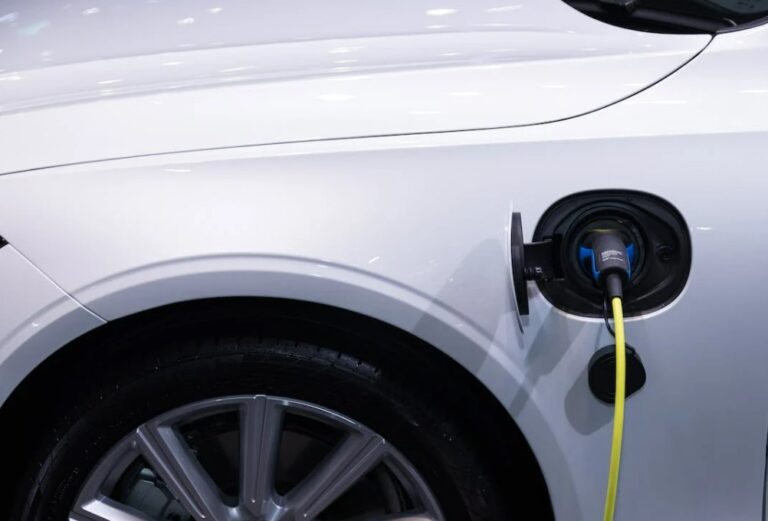E-mobility, or electric mobility, is the evolution of transport as we know it today, the sustainable alternative for getting around the city in an easy, safe and environmentally friendly way.
Table of Contents
E-mobility: how the world of transport is changing
What does e-mobility mean? The term e-mobility refers to all those vehicles that use electricity as their main energy source instead of traditional fossil fuels.
Intelligent and sustainable mobility is one of the main objectives of the European Union, which by 2050, as stated in the document A European Green Deal, aims to reduce emissions from fossil fuels used in transport by 60%.
The goal is to achieve climate neutrality through the exclusion of conventionally fuelled vehicles from city centres in favour of the circulation of environmentally friendly vehicles only.
By 2032, 50 percent of vehicles in Europe will be electric cars
Furthermore, according to the forecasts contained in the Energy Transition Outlook (ETO 2019) report by the Norwegian international certification body DNV GL, by 2032 50 per cent of the vehicles circulating in Europe will be electric cars.
According to ETO, electrification will change the way energy is supplied and consumed. Thus resulting in a transformation of the vehicle fleet that will be lighter, more reliable, efficient and less polluting.
It should not be forgotten that the world of transport is responsible for more than a quarter of total greenhouse gas emissions with cars, vans, trucks and buses producing more than 70% of the pollutants.
This is followed by air and sea transport with 13% and rail transport with 0.5%. Thus, road transport is a significant source of air pollution in cities, and more than 60 per cent of harmful emissions come from conventional cars with internal combustion engines.
In such a context, electric mobility plays a key role in the fight against pollution. And electric vehicles are the only possible answer to the growing need for sustainability in transport.
Let’s find out what ten reasons make e-mobility the right choice for getting around the city.
Read also: European zero-emission road freight transport: a feasible goal by 2050
E-mobility: 10 reasons why to choose e-mobility
The road to a more sustainable transport system also passes through e-mobility, a sector that is showing strong signs of growth.
Data from BloombergNEF’s Electric Vehicle Outlook show this. By 2040 more than half of all vehicles will be electric. While between 2020 and 2030 cost parity will be reached between electric cars and conventional vehicles.
Here are 10 reasons to choose to travel electric:
- wide range of electric vehicles;
- reduction of environmental pollution;
- reduced noise pollution;
- reduced running and maintenance costs;
- incentives for buying an electric vehicle;
- driving comfort and quietness of the engine;
- possibility of travelling the last mile safely, especially during peak hours when traffic is heaviest;
- exemption from paying road tax;
- reduced insurance rates;
- access to Restricted Traffic Zones.
Read also: Zone 30 in cities: slow down to save the planet and improve urban mobility












